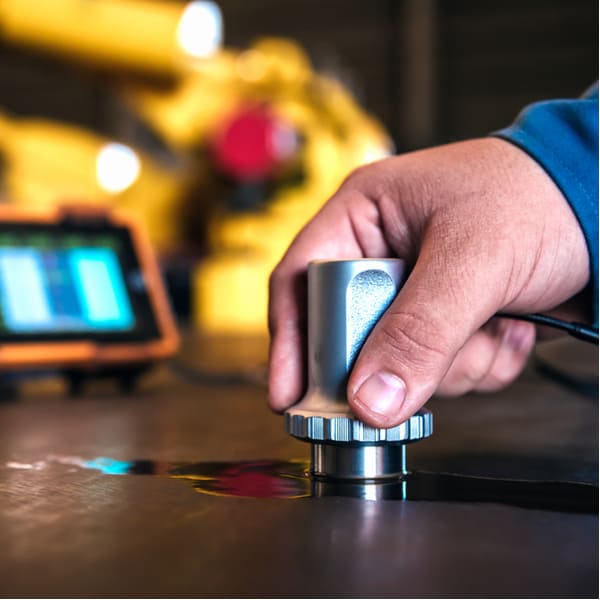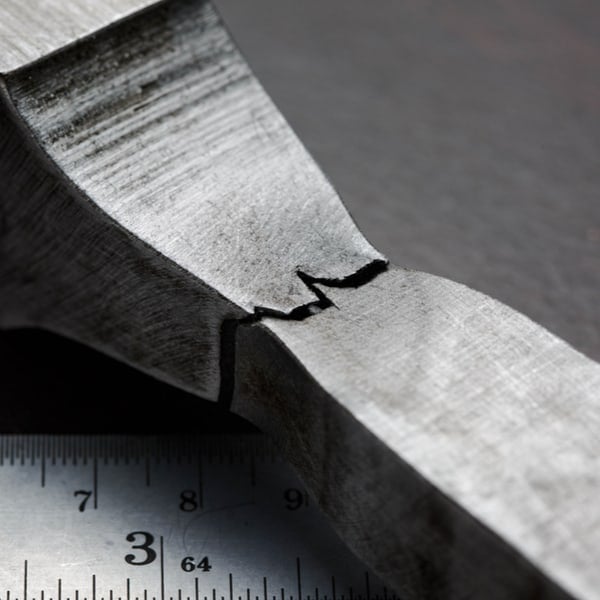In our laboratory which has TSE approved test laboratory certificate and 3.1 certification qualification, we have the ability to test destructive and non-destructive tests according to the demands of our customers and our projects, our experiments are carried out by our experienced and experienced experts within the framework of Turkish Standards and test laboratory criteria.

Non-Destructive Testing
Non-destructive testing is all of the test methods used to detect defects occurring on the surface or inside of the material without damaging the materials. Intended use:
a) Quality control of a manufactured part,
b) Input controls, controls during the process, final controls,
c) Control or development of production method,
d) Early detection of a fault in a part in use,
UT-Ultrasonic Inspection, Evaluation and Approval
It is a non-destructive testing method used to detect invisible discontinuities in the interior of materials by producing ultrasonic sound waves by means of special inspection heads.
PT-Liquid Penetrant Inspection, Evaluation and Approval
Liquid penetration testing or penetrant testing is a non-destructive testing method used to detect surface discontinuities.
MT-Magnetic Particle Inspection Evaluation and Approval
Magnetic particle inspection is a non-destructive testing method used to detect surface and near-surface discontinuities in ferromagnetic materials.



